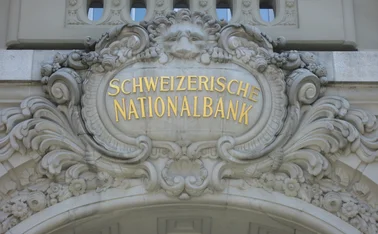
IMF paper builds corruption indicator using big data
Corruption shocks negatively impact long-term real outcomes, authors say

New research published by the International Monetary Fund uses big data to assess the macroeconomic effects of corruption.
The team of researchers construct a ‘News Flow Indicator of Corruption’ (NIC) and its corruption-fighting counterpart, the anti-NIC, by running country-specific search algorithms on a newspaper database of more than 650 million articles, which record the number and intensity of news coverage that reference corruption.
The IMF working paper finds that on average NIC shocks
Only users who have a paid subscription or are part of a corporate subscription are able to print or copy content.
To access these options, along with all other subscription benefits, please contact info@centralbanking.com or view our subscription options here: subscriptions.centralbanking.com/subscribe
You are currently unable to print this content. Please contact info@centralbanking.com to find out more.
You are currently unable to copy this content. Please contact info@centralbanking.com to find out more.
Copyright Infopro Digital Limited. All rights reserved.
As outlined in our terms and conditions, https://www.infopro-digital.com/terms-and-conditions/subscriptions/ (point 2.4), printing is limited to a single copy.
If you would like to purchase additional rights please email info@centralbanking.com test test test
Copyright Infopro Digital Limited. All rights reserved.
You may share this content using our article tools. As outlined in our terms and conditions, https://www.infopro-digital.com/terms-and-conditions/subscriptions/ (clause 2.4), an Authorised User may only make one copy of the materials for their own personal use. You must also comply with the restrictions in clause 2.5.
If you would like to purchase additional rights please email info@centralbanking.com test test test







